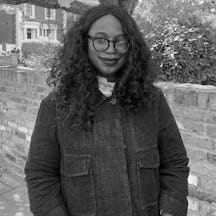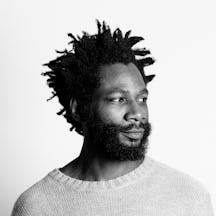A mysterious pain led to alarming breathlessness, and writer Vanessa Peterson was taken into intensive care. Could the polluted air of east London have caused her illness? Here she examines race, inequality and air pollution, both in the UK and the US.
Silent threat
Words by Vanessa Petersonartwork by Michael Saluaverage reading time 6 minutes
- Article
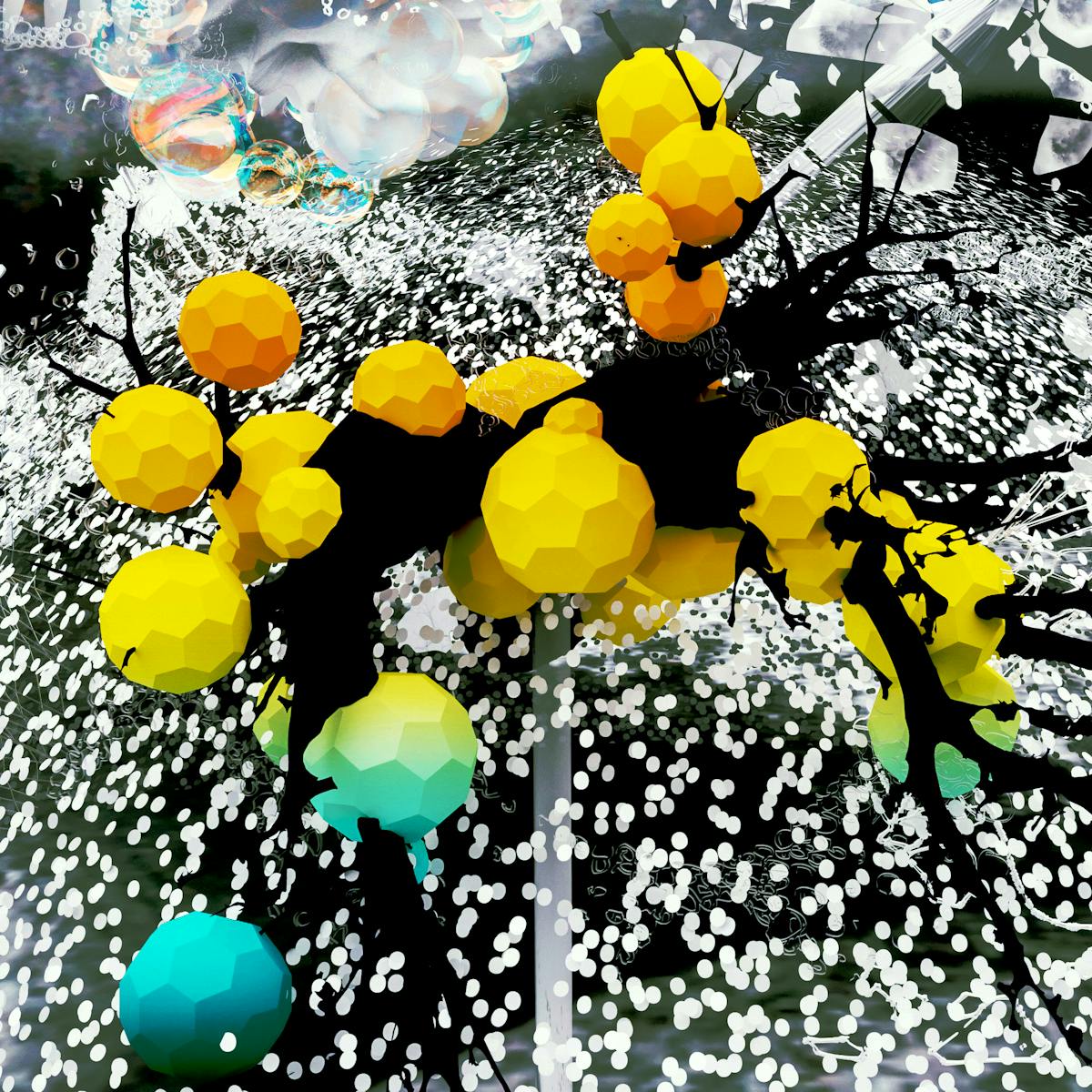
It started with leg pain. “I must have slept funny,” was my first thought. A second thought was that I might have tripped up somehow without realising. A few years earlier, I had torn my hamstring and spent six weeks on crutches due to tripping over a loose pavement slab.
The pain, slow and steady in its intensity, led me to a walk-in medical centre, where I was prescribed strong painkillers and told it would go away. The days passed, and the pain seemed to be moving upwards, towards my abdomen. Then it disappeared.
Normality returned, and I prided myself on getting rid of whatever sprain I had suffered with ice packs while hobbling through my little stretch of east London.
But as quickly as it disappeared, the pain reappeared, now in a new part of my body: my chest. Taking breaths in and out made me sound like a creaking wardrobe (a condition I now know is called pleurisy).
With every inhalation of air, I felt a swift, sharp, stabbing sensation. On sleepless nights it felt like my chest would explode. I rubbed myself with ibuprofen cream, not wanting to waste anyone’s time.
My breathing was becoming laboured to the point where I realised I needed to seek help. I packed an overnight bag, somehow knowing that I wouldn’t be returning home that evening. The doctors confirmed what I knew, but also couldn’t trust within myself. I was seriously ill, and if I had left seeking help for a few more days, I may well not be alive today.
Venous thromboembolism is the name of the condition where blood clots form, usually in the leg, but it can be any part of the body. If they are not diagnosed, this can lead to the clot moving from the leg up through the heart towards a lung artery.
I was lucky: up to 80 per cent of deep-vein thrombosis cases are ‘silent’ and cause no symptoms. I was admitted into intensive care and spent many days trying to process what had happened, especially when I realised there would be no definitive sense from doctors of how and why this had happened to me.
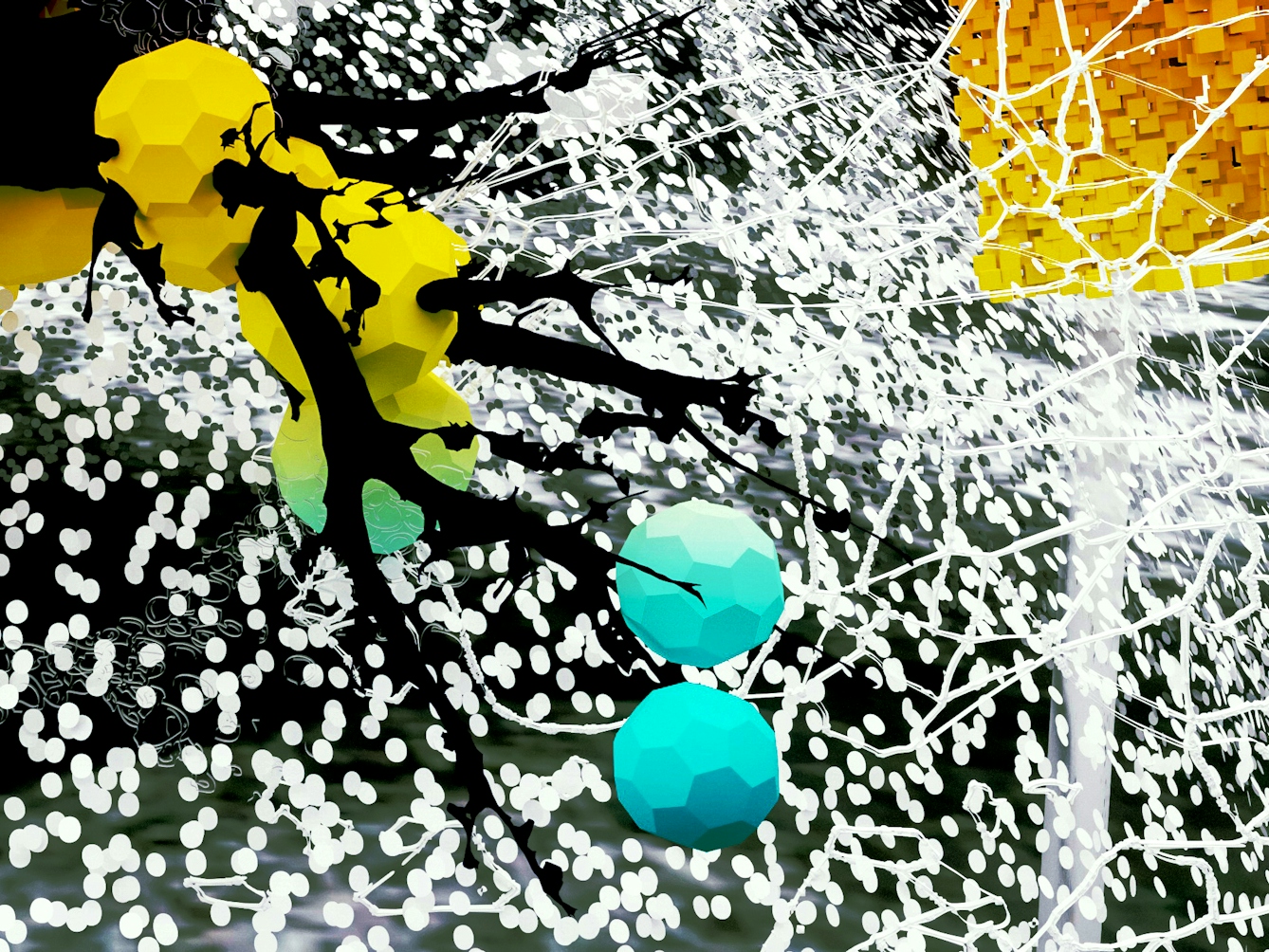
“Venous thromboembolism is the name of the condition where blood clots form. If they are not diagnosed, this can lead to the clot moving from the leg up through the heart towards a lung artery.”
Every breath I take
The next few months flew by. I left the hospital and had to learn how to rebuild my life with very few tools. One thing that became apparent was how much more difficult simple things had become.
Walking on the main road next to my flat often felt like torture, and it did not help that I lived on one of the busiest roads in east London, a thoroughfare connecting Shoreditch and Hackney to parts of north London. The thick summer smog would drift through my first-floor bedroom window, and by mid-morning the world felt like it was closing in.
On these long walks I began to think about breathing: something so simple and indeed passive, but something that, for me, now felt insidious and laboured. I had to think about every breath I took, and how it made me feel.
I wondered what it would feel like not to live on a busy A road, somewhere with cleaner air.
I wondered what it would feel like not to live on a busy A road, somewhere with cleaner air. Would this so-called recovery be easier? The evidence was inconclusive. One research paper suggested that air pollution has a negative impact on venous thromboembolism, while another concluded there was no clear link.
The evidence was contested, but for me, it was this very uncertainty that opened up a new area of thought: the air as political space. I might not have had definitive answers about my thrombosis, but one thing that my reading was making clear was how, as rates of air pollution increase globally, this has a drastic impact on health and wellbeing – especially in lower-income neighbourhoods and countries.
A toxic legacy
Like my own case of thromboembolism, air pollution and its effects are silent, with smog and its various ailments going unseen by the naked eye.
In London, nowhere has this become more apparent than in the story of Ella Adoo-Kissi-Debrah, a nine-year-old girl who is officially recorded as the first death in the world from air pollution. Ella lived with her family in a working-class neighbourhood next to Lewisham’s South Circular road. The coroners ruled that the area’s “excessive levels of nitrogen dioxide” exacerbated Ella’s underlying asthma.
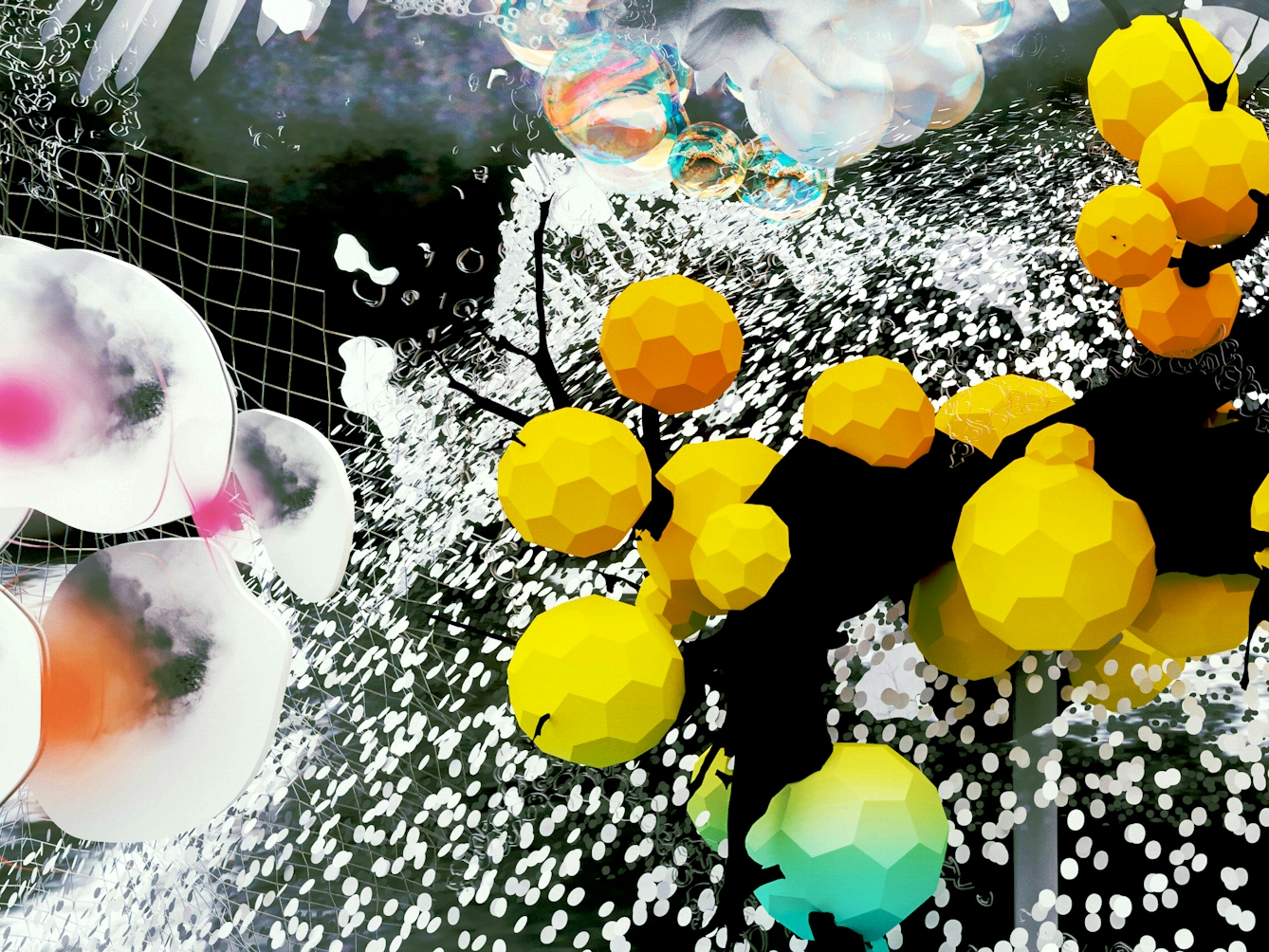
“Like my own case of thromboembolism, air pollution and its effects are silent, with smog and its various ailments going unseen by the naked eye.”
Breathing, as we know it, manifests inequalities. The World Health Organization (WHO) states that over four million people a year are affected by high levels of air pollution – but also that Black people are more likely to live in deprived neighbourhoods, which in turn have higher levels of pollution.
Forensic Architecture is a multidisciplinary research group that investigates environmental racism, alongside other human rights violations and forms of state negligence. In their 2021 report ‘Cloud Studies’ – exhibited at Manchester International Festival, and currently at Wellcome Collection – they investigated the legacy of racism in Louisiana.
Residents in one area breathe air from neighbouring factories and workshops, formerly home to sugarcane plantations during slavery, which were then taken over and used by the “petrochemical corridor” and factories.
This clear line, through slavery to the present day, has led the predominantly Black communities in this part of Louisiana to call their home ‘Death Alley’, due to having some of the highest rates of cancer in the United States.
Forensic Architecture state clearly: “As polluting industry surrounds these communities, it subjects them to another register of racist violence: assault by invisible toxic chemicals.” They name this “chemical gassing”: the air these communities breathe causes harm.
I will never have a clear answer on what caused my own illness. But in other cases, there are more definitive answers, ones that enable us to better understand that air is air, but it is also more than that.
The website addresspollution.org allows anyone with a UK postcode to check the level of air pollution in their area, and to see whether it breaks WHO regulations and what effect this might have on their health. The years ahead will serve to help communities understand what can be done to tackle the impact of air pollution on our health, and who will take responsibility in enacting lasting change.
About the contributors
Vanessa Peterson
Vanessa Peterson is a writer and editor based in London, UK. She is Associate Editor at frieze magazine. She has lectured at institutions and organisations such as the Royal College of Art, the Royal Academy of Arts and Anglia Ruskin University on art criticism and visual culture, and written texts for art catalogues and monographs, including Phaidon’s ‘PRIME – Art’s Next Generation’ (2022), profiling some of the world’s leading young contemporary artists.
Michael Salu
Michael Salu is a British-born Nigerian writer, artist, critic, and creative strategist. He has produced creative and critical work on technological and geopolitical changes in society and culture, and his writing has appeared in many literary journals, magazines and art publications, and he has exhibited art internationally. Michael has directed the creative output of many cultural brands and organisations. He has held several advisory roles, contributed to academia and spoken at many events and symposiums, including 5x15. He has won awards and received commendations across design, art and literature. He runs House of Thought, an artistic research practice and consultancy focusing on bridging creative, critical thinking and technology.
